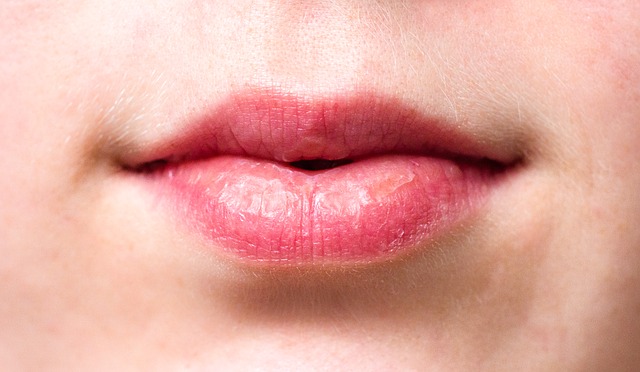As a woman, your life revolves around your monthly cycles, and there are several events surrounding your menstruation or pregnancy that cause you to overlook some of the crucial indications and symptoms of dangerous disorders.
Here are our top ten overlooked indications and symptoms that you should consider starting now:
1. Chin acne/pimples.

If you are a female who menstruates, you may develop chin acne or pimples because, 10-14 days before your menstruation starts, your estrogen and progesterone hormone levels may increase, which is typical.
However, following menstruation, those pimples should go within a week; if not, you should see a hormonal specialist to determine if there is a problem with your hormonal system.
2. Prolonged emotion/depression.

As previously said, you will experience hormonal fluctuations around menstruation, which may occasionally lead to feelings of rage or melancholy.
However, if you continue to feel emotional, angry, or sad 10 days following menstruation. Make an appointment with a psychologist since this might be an indication of PMS (Premenstrual Syndrome), which often requires antidepressants for therapy.
3. Loss of appetite.

It’s normal for a woman to lose some of her appetite during pregnancy or a few days before her menstruation, but if you experience elongated loss of appetite or loss of appetite in a normal time, you should consult your doctor because this can be a sign of many serious conditions, including ovarian cancer.
4. If your menstrual blood seems darker and rich in clots.

It is typical to have diverse colors of menstrual blood, as well as a small to moderate number of blood clots. However, if your menstrual blood is really black and full of clots for more than one menstruation cycle. This might refer to certain disorders, such as uterine fibroids. So monitoring your ministration blood is a good idea.
5. Frequent little hair loss.

Losing a little hair every now and then or after taking a bath may be considered natural. However, if you are continuously losing a little or large volume of hair, you should visit a doctor since this might be linked to hormonal irregularities, particularly Testosterone (yes, testosterone is a male hormone, but women also need it for physiological tasks).
6. Chest size is rising.

If you’re between 20 and 22. You have definitely attained a certain degree of maturity, and your breast size should be expanding or reducing in response to your weight or pregnancy.
However, if your chest size is increasing without explanation or at a rapid rate. You should visit an expert since this might indicate a hormonal imbalance or even breast cancer.
7. Becoming shorter.

Yes! If you measured your height and felt that you were shorter by more than 0.5 inch, you are not crazy; it is feasible. This might be related to a condition that affects women more than males called ” Osteoprosis – Degradation of bone cells,” which is caused by low levels of calcium and vitamin D.
8. The corners of your lips are very dry or cracked.

Most women use moisturizer to treat lip corner cracks. However, the ideal method is to examine your vitamin and mineral levels (especially vitamin B and iron). The circumstance is quite popular and known as “Perleche”.
9. Heartburn.

As a woman, you have most likely experienced heartburn, particularly during menstruation or pregnancy.
But did you know that most occurrences of peptic or stomach ulcers are not recognized in women because they believe that their heartburn and abdominal discomfort are natural and unrelated to any disease?
So, the next time you get heartburn, check to see if there is any consistency in the pain and if it is harsher than typical heart discomfort. You may also want to examine your feces color to see if it is darker; if so, visit a physician.
10. Low back ache.

Back discomfort is a common occurrence, particularly when we lift large objects or do strenuous jobs. However, if you have acute and frequent lower back discomfort throughout your menstrual cycle, it may migrate to your legs.
This might be an indication of endometriosis, a common illness in which endometrial tissues develop outside of the endometrium and can lead to infertility and chronic discomfort if not treated promptly.




